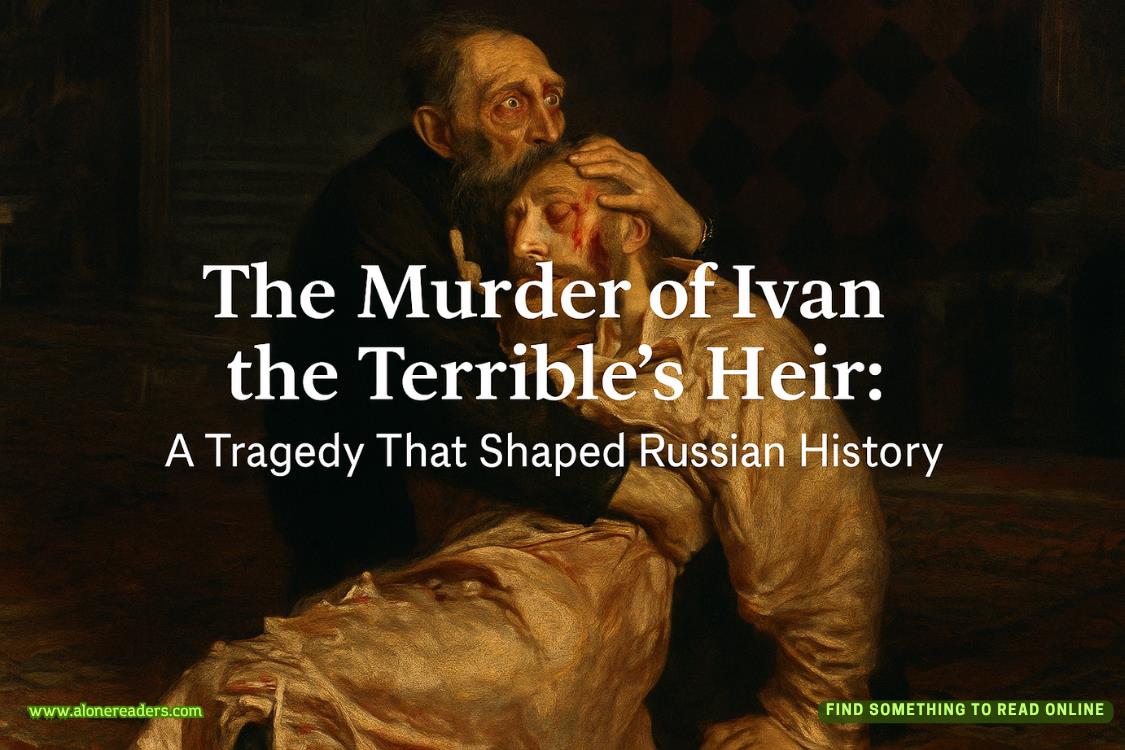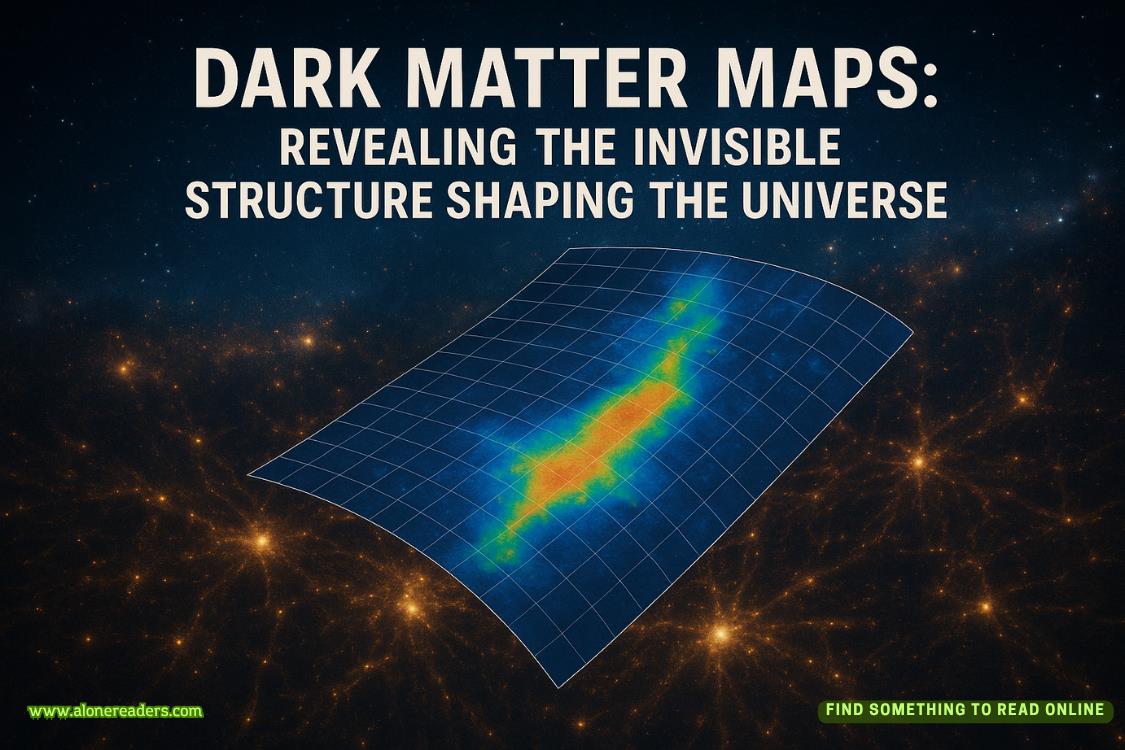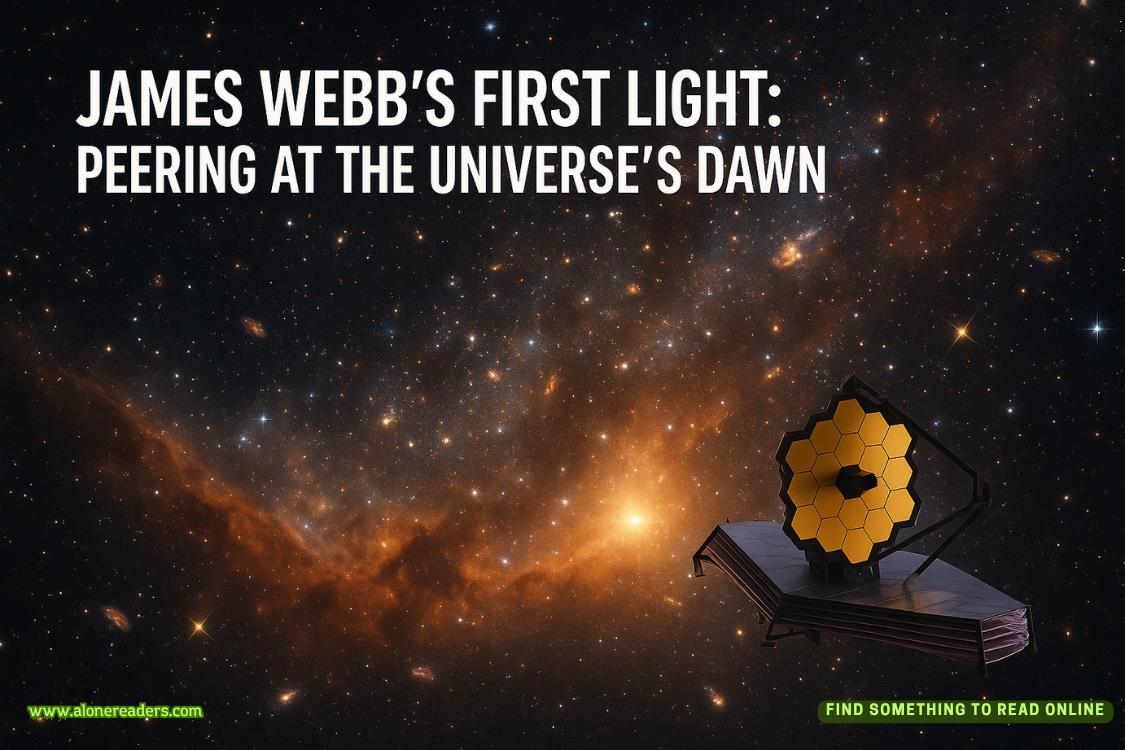Page 40 of Mating With My Grumpy Alphas
Driving home, I thought about patience and possibility and the way some connections were worth waiting for. Willa might not be ready for pack bonds or romantic relationships, but she was ready to trust us with her vulnerability.
I fired off a quick text to the others to let them know I’d just left her and she was doing fine. It took me a moment to register not only that I’d done it but how natural it all felt.
Maybe packs weren’t something to worry about changing yourself to make work. Maybe, it just took finding the right people to form a pack with and you all just slotted together naturally.
Chapter 17
Wes
Last night had been hell. I’d spent hours pacing my living room as I fought every single alpha instinct I possessed to just go to Willa. Even the message from Rhett hadn’t helped. Willa was hurting right now, and she was alone. That offended me to my deepest core. Willa should never have to feel like suffering alone was her only option.Iwanted to be one of her options. But Elias was right. It was a decision she had to make for herself. Forcing it on her would make me no better than the alpha who had tried to smoother her before.
Work was the last place I wanted to be this morning, but at least the normal routine would give my mind something else to fixate on. The wildlife rehabilitation center was busy with Saturday morning preparations when I arrived, volunteers setting up educational displays for our monthly public outreach event. Dr. Martinez was arranging pamphlets while several staff members checked on the animals that would be featured in today’s presentations.
“Perfect timing, Wes,” Dr. Martinez called out when she spotted me. “I was just thinking we really need better documentation of these events. Something that shows the emotional impact of rehabilitation work, not just the clinical aspects.”
I nodded, but my mind was only half on the conversation. I’d been thinking about Willa since yesterday’s suppressant crisis, wondering how she was feeling after Elias’s scent work had helped stabilize her symptoms. More than that, I’d been thinking about her admission that she used to be a professional wildlife photographer.
Professional. Someone who’d made a living documenting endangered species and conservation efforts. Someone whose work had supported scientific research and habitat protection. And Sterling had convinced her it was selfish indulgence.
“The problem is we don’t have anyone with the skills to capture both the scientific and emotional aspects of what we do here,” Dr. Martinez continued. “Our current documentation looks like clinical case studies instead of compelling stories that make people want to donate.”
An idea was forming, dangerous and hopeful in equal measure. Yesterday Willa had been vulnerable and shaking from suppressant failure. Today I was thinking about asking her to do the one thing that had been used to hurt her most. But this was different. This was her choice, her expertise, her chance to reclaim something that mattered to her.
Before I could second-guess myself, I pulled out my phone and found her contact.
Hope you’re feeling better today. Would you be interested in photographing our wildlife education event this afternoon? No pressure, just thought you might enjoy documenting some conservation work. Event starts at 2 PM if you’re interested.
I hit send before I could overthink it, then immediately started second-guessing everything. Too pushy. Too soon after her medical crisis. Too much assumption about what she might want.
My phone buzzed within minutes.
Feeling much better, thanks to all of you. What kind of photography are you looking for?
I stared at the message, surprised and hopeful. She was interested. Actually interested.
Just documentation of the educational program. Families learning about wildlife rehabilitation, volunteers explaining our work. Nothing formal, just thought you might like to see what we do here.
I’ll think about it. No promises.
No promises expected. The invitation stands but only if you feel up to it.
I pocketed the phone and threw myself into event preparation, trying not to watch the parking lot for signs of a familiar figure with a camera. Dr. Martinez was right about needing better documentation. We had wonderful success stories, but no compelling visual evidence of the emotional journey from injury to recovery.
By two-thirty, I’d given up hope that Willa would show. The event was going well, families engaged with the educational displays, children asking thoughtful questions about wildlife conservation. But without professional photography, we were missing the chance to capture moments that could inspire future donations and volunteer support.
Then I saw her.
Willa stood at the edge of the parking lot, professional camera hanging from her shoulder, looking nervous but determined. She was wearing dark jeans and a forest-green jacket that madeher blend naturally with the outdoor setting, her hair pulled back in a practical braid.
She came. She actually came.
I excused myself from the family I’d been talking to and walked over to meet her.
“You made it,” I said, trying to keep the relief out of my voice.
“I almost didn’t.” Willa adjusted the camera strap nervously. “I’ve been sitting in my car for fifteen minutes trying to decide if I was ready for this.”
“And?”















